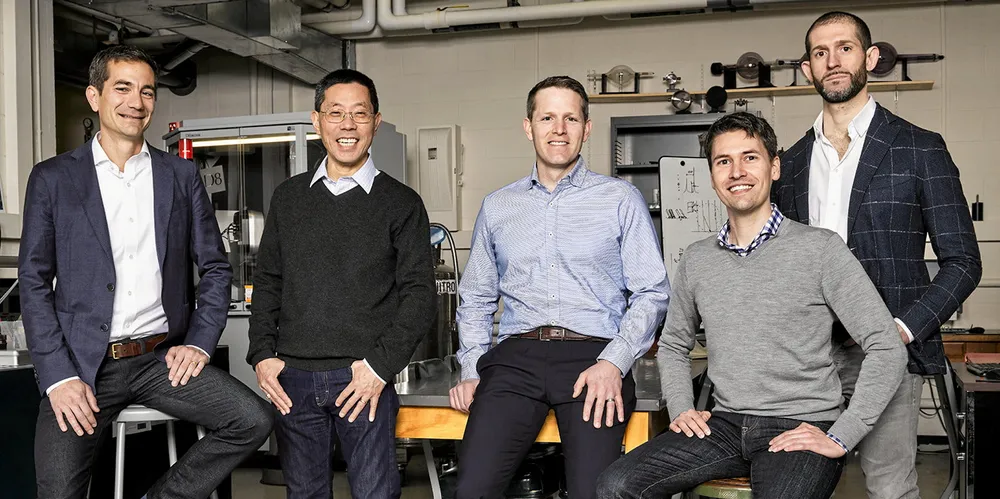Investors plough $70m into secretive Bill Gates-backed 150-hour-battery start-up Form Energy
Chief executive reveals little about composition of its mysterious technology, other than to say that all the materials used are cheap, abundant and safe

Chief executive reveals little about composition of its mysterious technology, other than to say that all the materials used are cheap, abundant and safe
